Outrage as thieves steal gas chamber equipment from two notorious Nazi death camps
Sick thieves have stolen gas chamber equipment from two infamous Nazi concentration camps.
Between 1933 and 1945, approximately 41,500 prisoners were murdered in the Dachau concentration camp, and between 1938 and 1945, approximately 30,000 prisoners were murdered in nearby Flossenbürg.
On the weekend that commemorated the assassination attempt on Adolf Hitler in Stauffenberg in 1944, German authorities revealed that a shower head and the bolt from the door of a former gas chamber in Dachau had been stolen.
This was next to another door latch from a former gas chamber in the old crematorium, known as ‘Baracke X’.
Meanwhile, a washbasin holder and a chimney hood were stolen from the Flossenbürg concentration camp, as well as a plaque commemorating former prisoner Rudolf Nowak.
Flossenbürg concentration camp, pictured, where 30,000 prisoners were murdered between 1938 and 1945
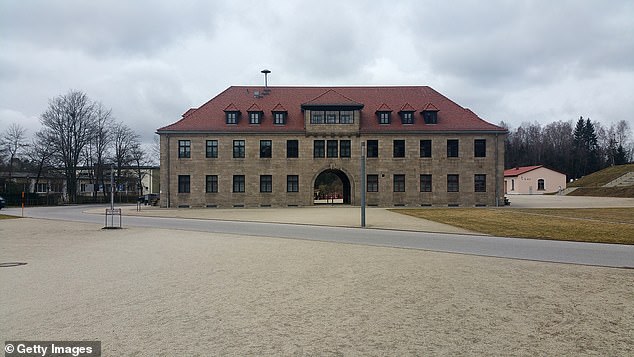
A view of the Flossenburg Concentration Camp memorial site today. The photo shows the camp entrance for prisoners
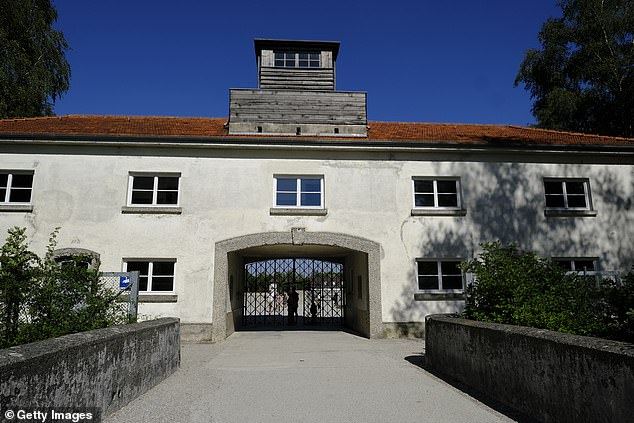
Between 1933 and 1945, approximately 41,500 prisoners were murdered in the Dachau concentration camp, pictured.
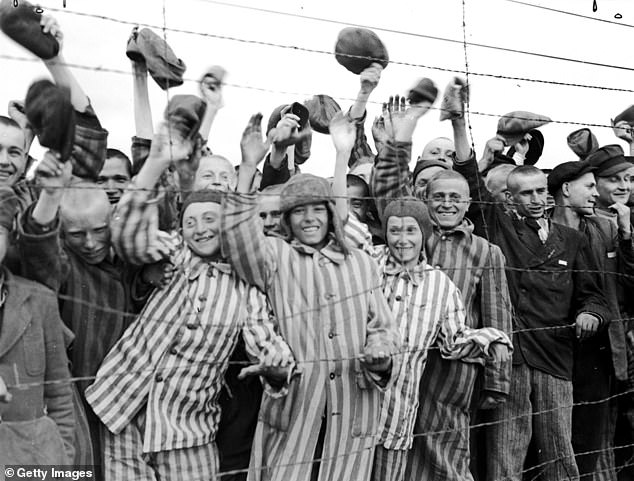
Young prisoners interned in the Dachau concentration camp cheer their liberators, the 42nd Division of the U.S. Army
“The security concept in both former concentration camps is being revised and optimized based on technical developments,” said a spokesperson for the Bavarian Memorial Foundation.
Dachau was the first large, permanent concentration camp established by the Nazis.
Between 1933 and 1945, more than 200,000 people from all over Europe were imprisoned, of whom 41,500 died.
Flossenbürg was liberated by the American army on 23 April 1945. Of the approximately 100,000 people imprisoned there or in the subcamps, about 30,000 died under inhumane conditions.
One of the innocent prisoners at Flossenbürg was Wing Commander Forest Frederick Edward Yeo-Thomas, better known by his code name ‘The White Rabbit.’
This legendary British agent during World War II was born on June 17, 1902 in London and grew up in France, where he spoke fluent French, which later proved invaluable.
Before the war he worked in the fashion industry, but in 1939 he joined the Royal Air Force.
Yeo-Thomas was recruited by the Special Operations Executive (SOE) and parachuted into France three times to help the French Resistance in their fight against the Nazis.
His missions were crucial for the coordination of the resistance and the organization of supply missions.
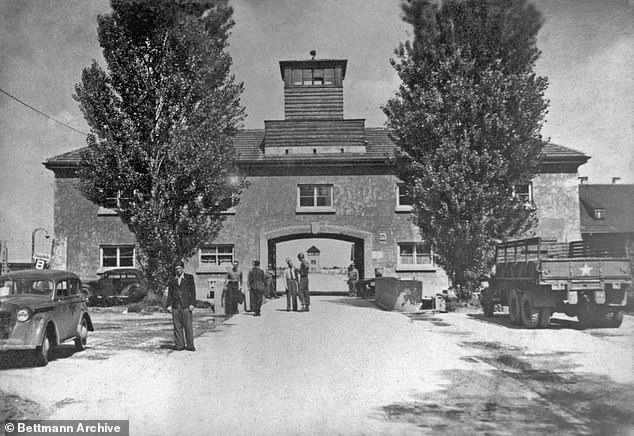
A view of the Dachau camp in southwestern Germany, where prisoners were held from 1933 to 1945
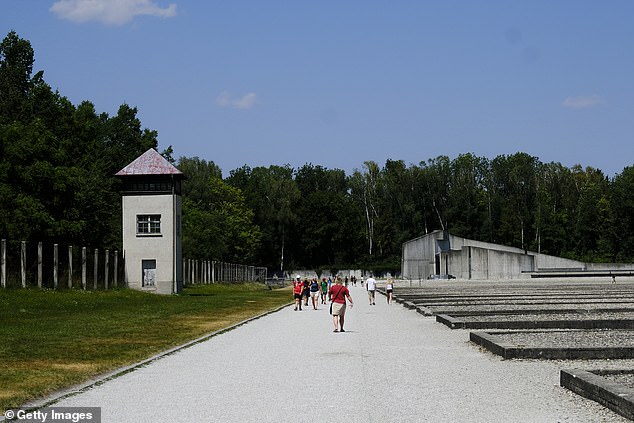
Visitors tour Dachau concentration camp in Germany on July 25, 2022
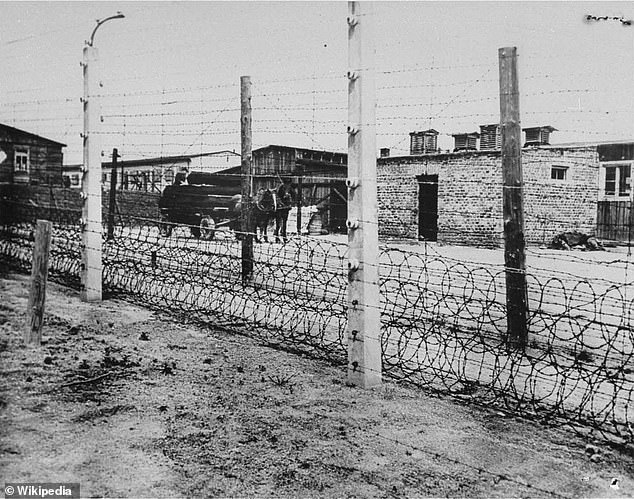
A washbasin holder and a chimney cap were stolen from the Flossenbürg concentration camp, pictured
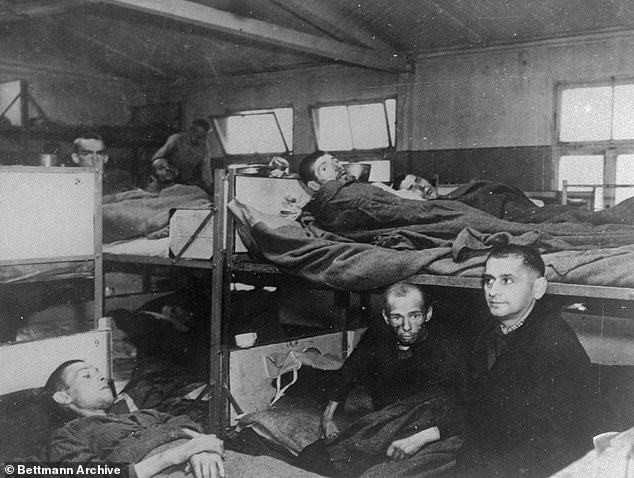
A plaque was also stolen from Flossenbürg in memory of former prisoner Rudolf Nowak. Pictured: Prisoners in their rooms
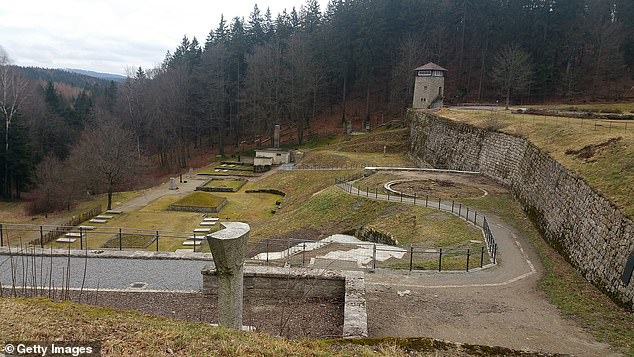
A view of the grounds of the Flossenbürg concentration camp
But in March 1944, Yeo-Thomas was betrayed and captured by the Gestapo. He endured brutal torture, including beatings, waterboarding and hanging by his wrists, but never gave up crucial information.
He was subsequently interned in several concentration camps, including Flossenbürg, where he witnessed and survived terrible conditions.
During a transfer in April 1945, Yeo-Thomas made a daring escape and eventually joined the American forces.
After the war, Yeo-Thomas testified at the Nuremberg trials about Nazi atrocities and continued to work in intelligence.
His bravery earned him the George Cross, the French Legion of Honour and the Croix de Guerre. Yeo-Thomas died on 26 February 1964 in Paris.
His remarkable story of resilience and heroism is immortalized in Bruce Marshall’s biography, ‘The White Rabbit.’
